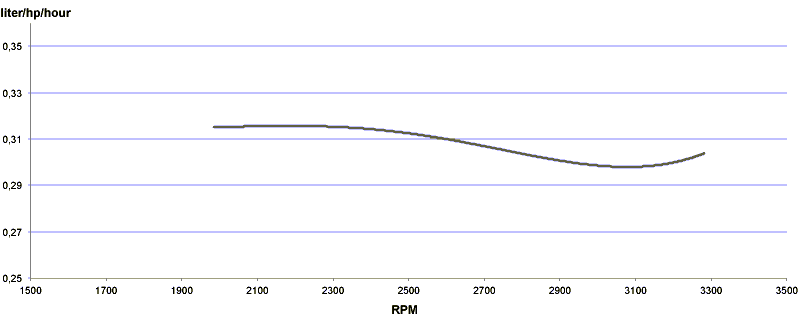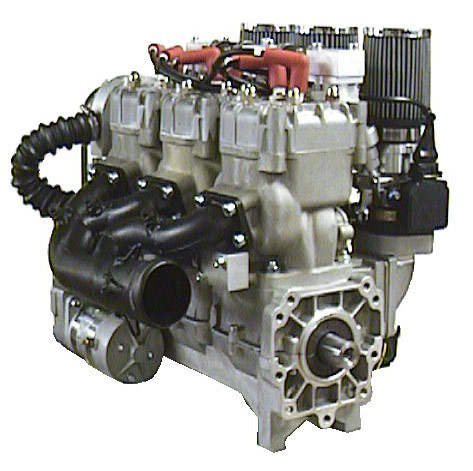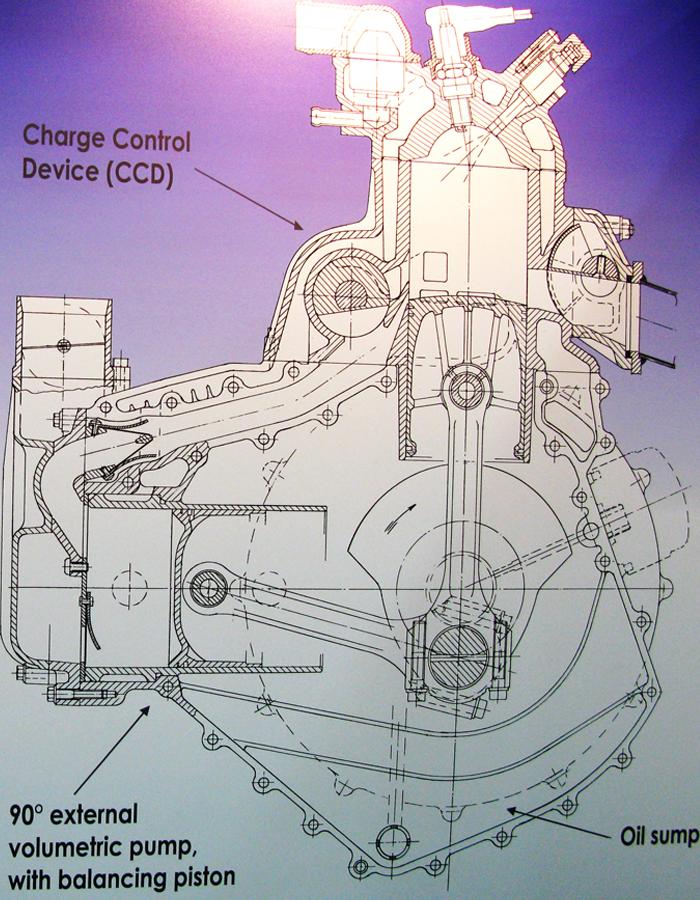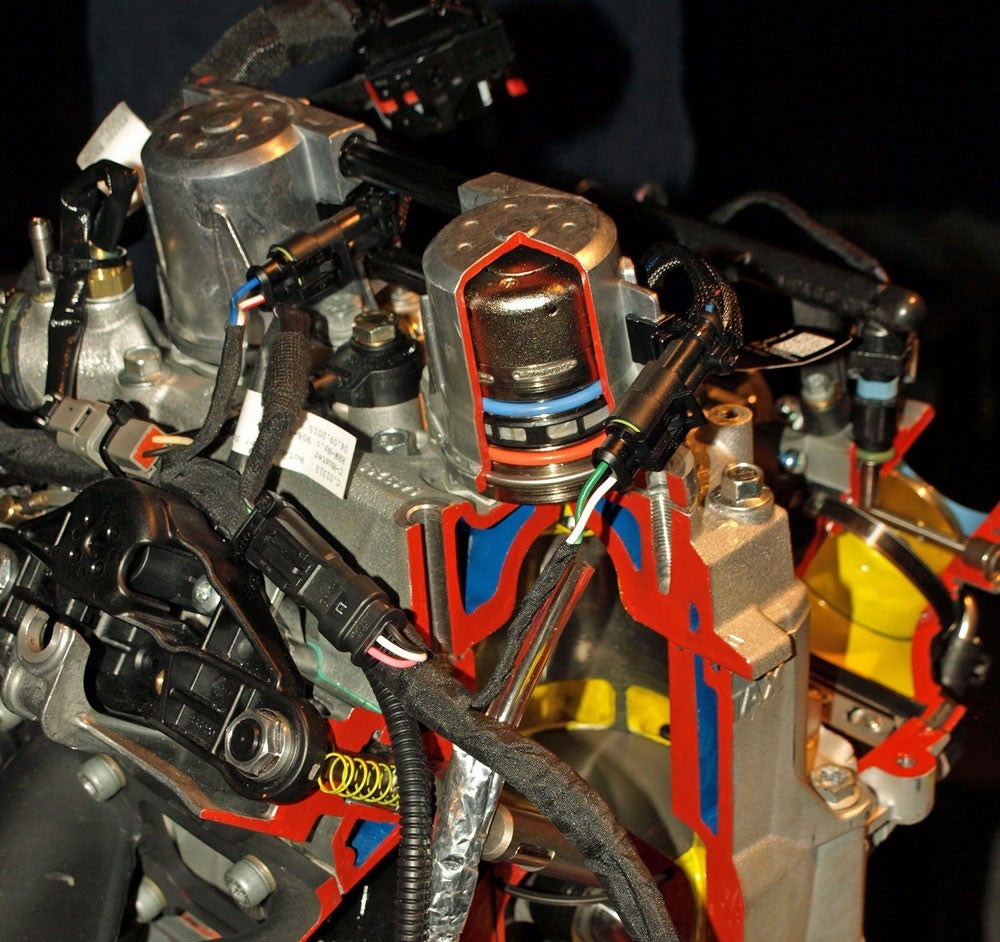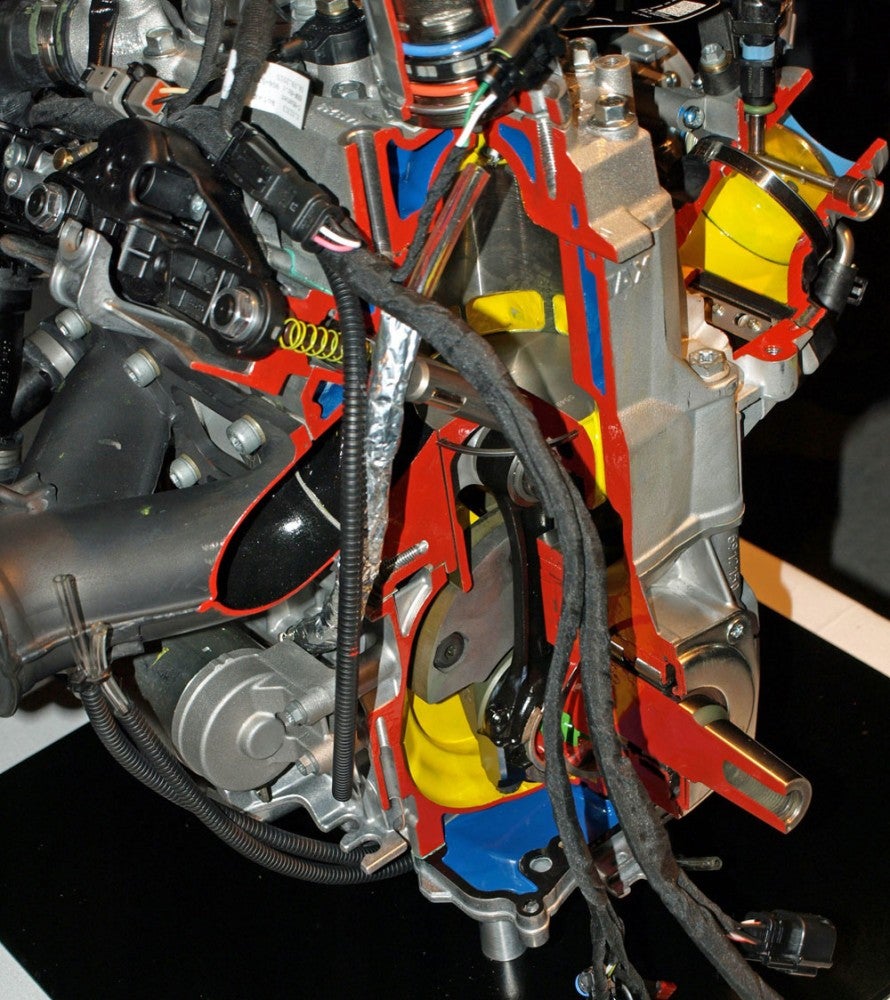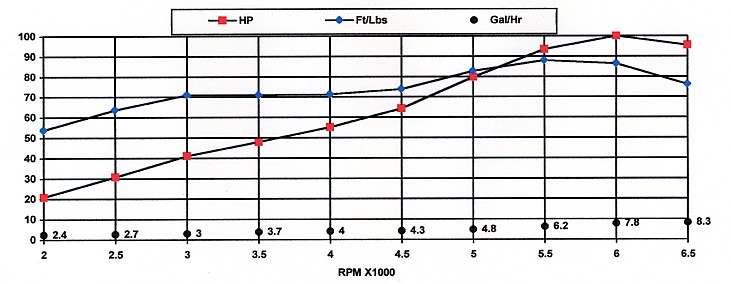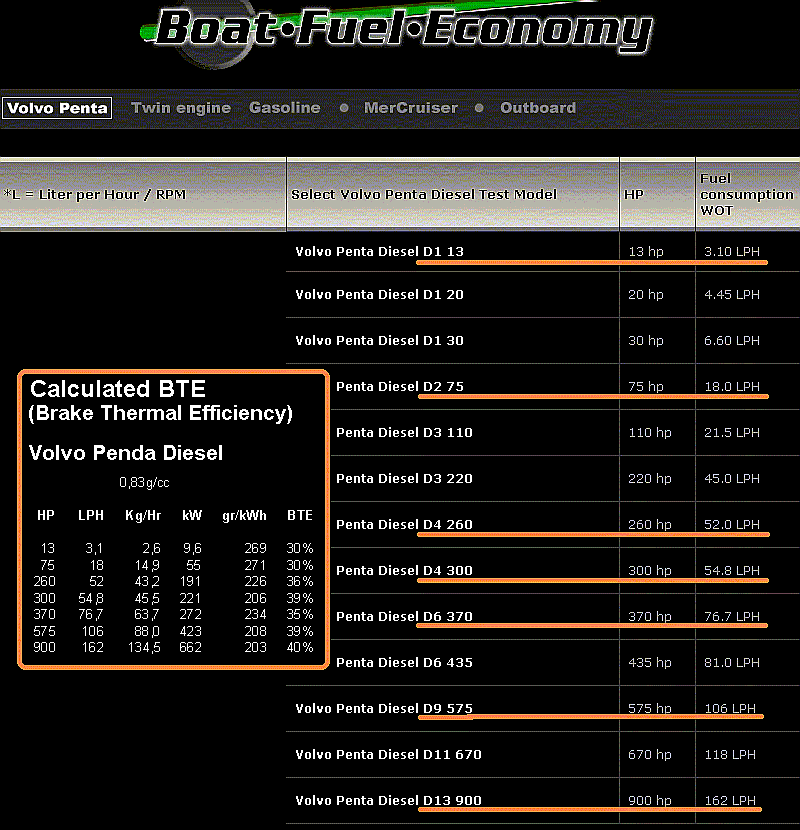Hello J.A.W.
You write:
“So, those steady state efficiency numbers are not altogether unlikely.. a check with the Hirth site may confirm it,
(or reveal it - as a transcription error).”
The 35% BTE for a conventional two-stroke (like the Hirth 3703) is too good to be true.
In order Toyota to achieve 36% Brake Thermal Efficiency with their PRIUS engine, they had to reduce the power output by one third, they had to use “late intake valve closing” (Atkinson / Miller cycle), they had to increase the geometrical compression ratio at 13:1 (over-expansion), they had to reduce the number of the main bearings of the crankshaft at only three (from the normal five), they also had to apply every trick they new to milk more energy from the fuel.
And this 36% BTE of the Toyota PRIUS engine was achieved in a narrow revs / load range.
Obviously Hirth gives the wrong data (even if the Gallons are UK-Gallons, the BTE is too high).
At
http://www.rotec.com/2-stroke-power-torque-fuel the specific fuel consumption of the “famous” two-stroke Rotax 582 is given as 410gr/kW Hr (which means 20% BTE).
From a conventional two-stroke like the Hirth 3703 I would expect something similar.
You also write:
“Mercury uses the Orbital 'Optmax' DI system, whereas BRP/Rotax/Evinrude have the E-TEC DI”
In case the data at
http://www.boat-fuel-economy.com/mercur ... ion-liters are true, here is the calculated BTE of the various Mercury Optimax two-stroke engines:
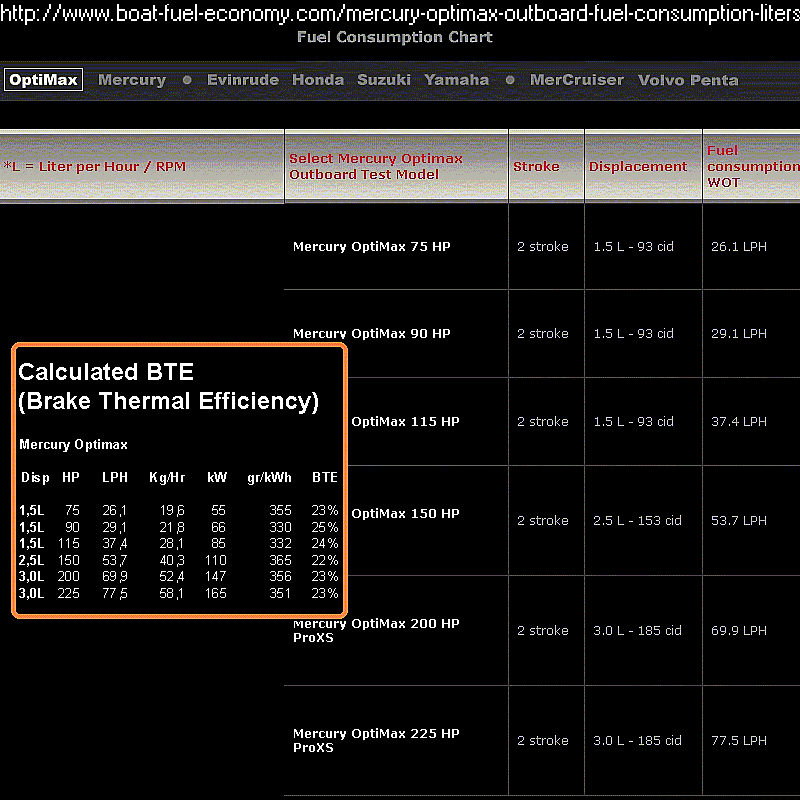
Despite they are using the famous Orbital DI system, they are not good, at least not at full power.
Similarly for the Evinrude E-TEC marine engines:
Take the small Evinrude ETEC with the 50HP. With 17.2L/Hr official fuel consumption (WOT) it gives a BTE of only 23%.
Take the big Evinrude ETEC with the 300HP. With 97.9L/Hr official fuel consumption (WOT) it gives a BTE of only 24%.
Despite the “high-tech” systems they use, the Mercury Optimax, the Evinrude E-TEC (and the Rotax E-TEC) two-strokes are not really good in practice.
The two-stroke does have advantages, but it needs fundamental changes to exploit them.
Take another look at the Power / Consumption graph of the Hirth 3703 (previous post); here is another interesting thing to think about:
The 3703 engine makes 80HP consuming 4.8Gal/Hr.
In order to make another 20HP (i.e. 25% more) it is consuming another 3.0Gal/Hr (i.e. 62.5% more fuel).
Differently speaking: provided the engine makes the first 80HP at 35% BTE, the same engine makes the rest 20HP (peak power: 100HP) at a BTE of only 14%.
Thanks
Manolis Pattakos


